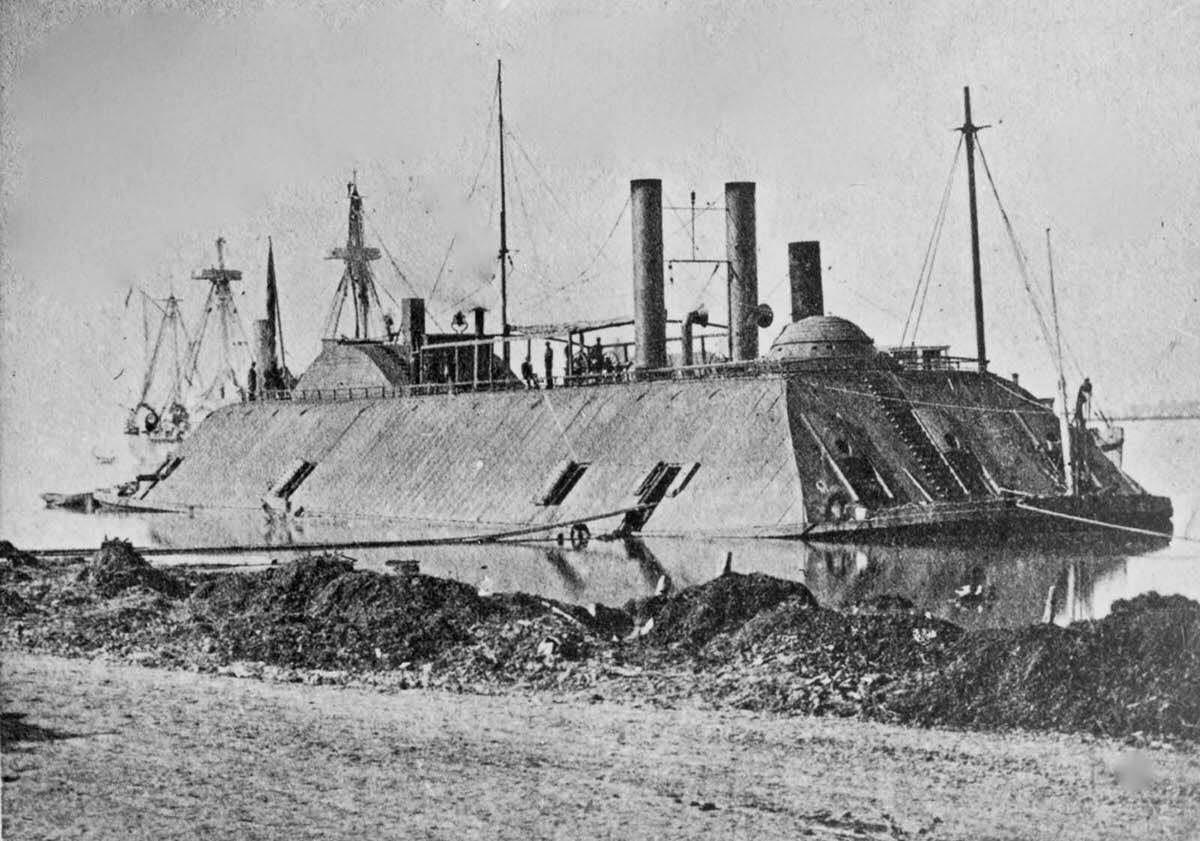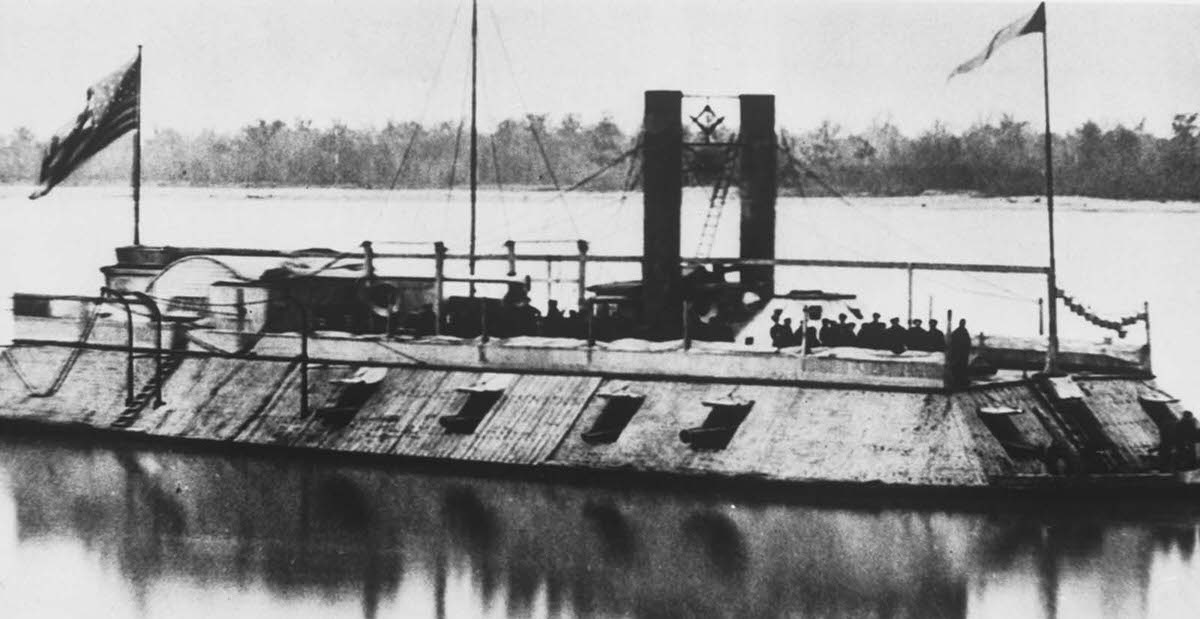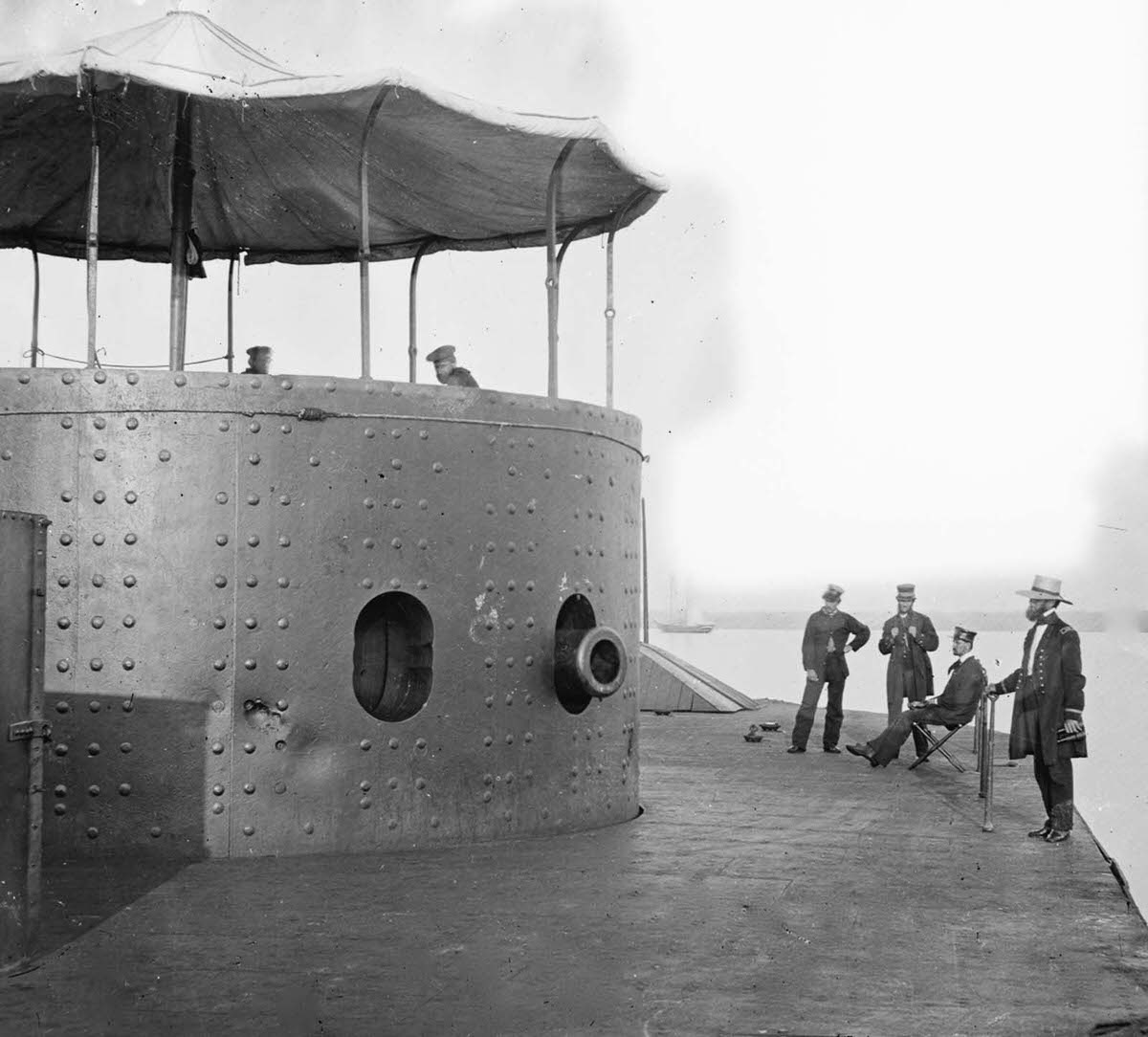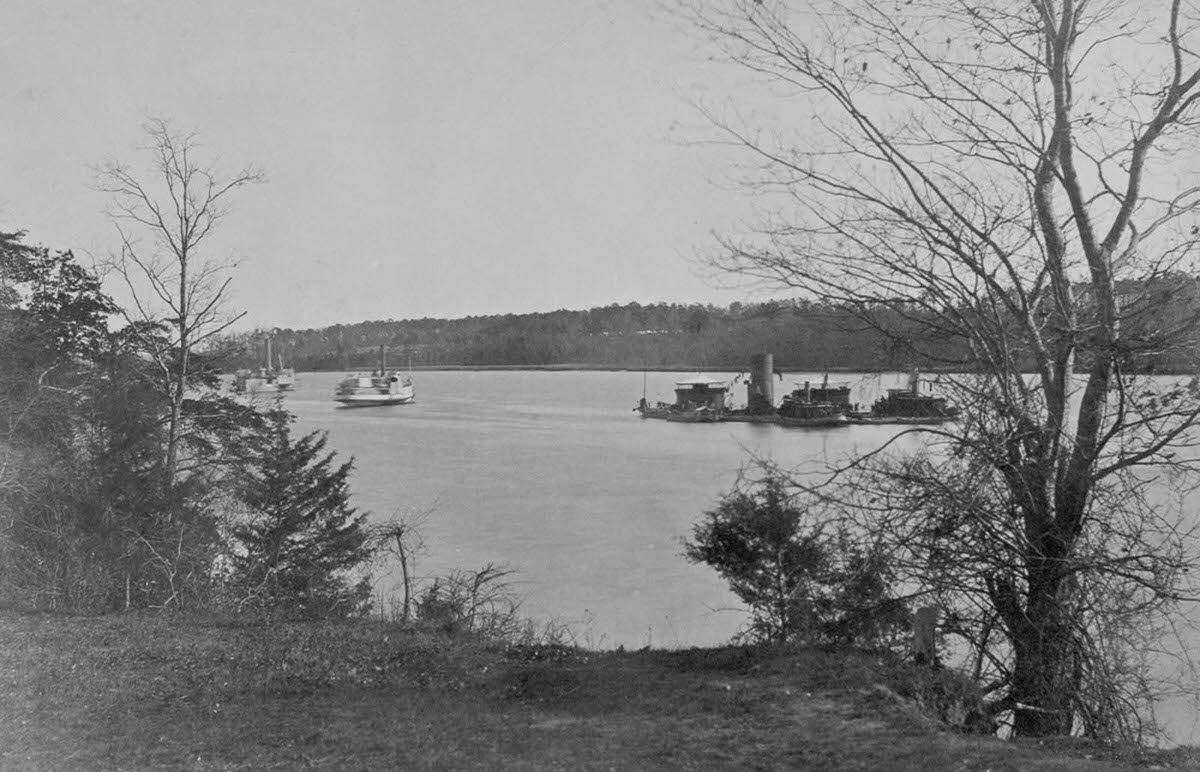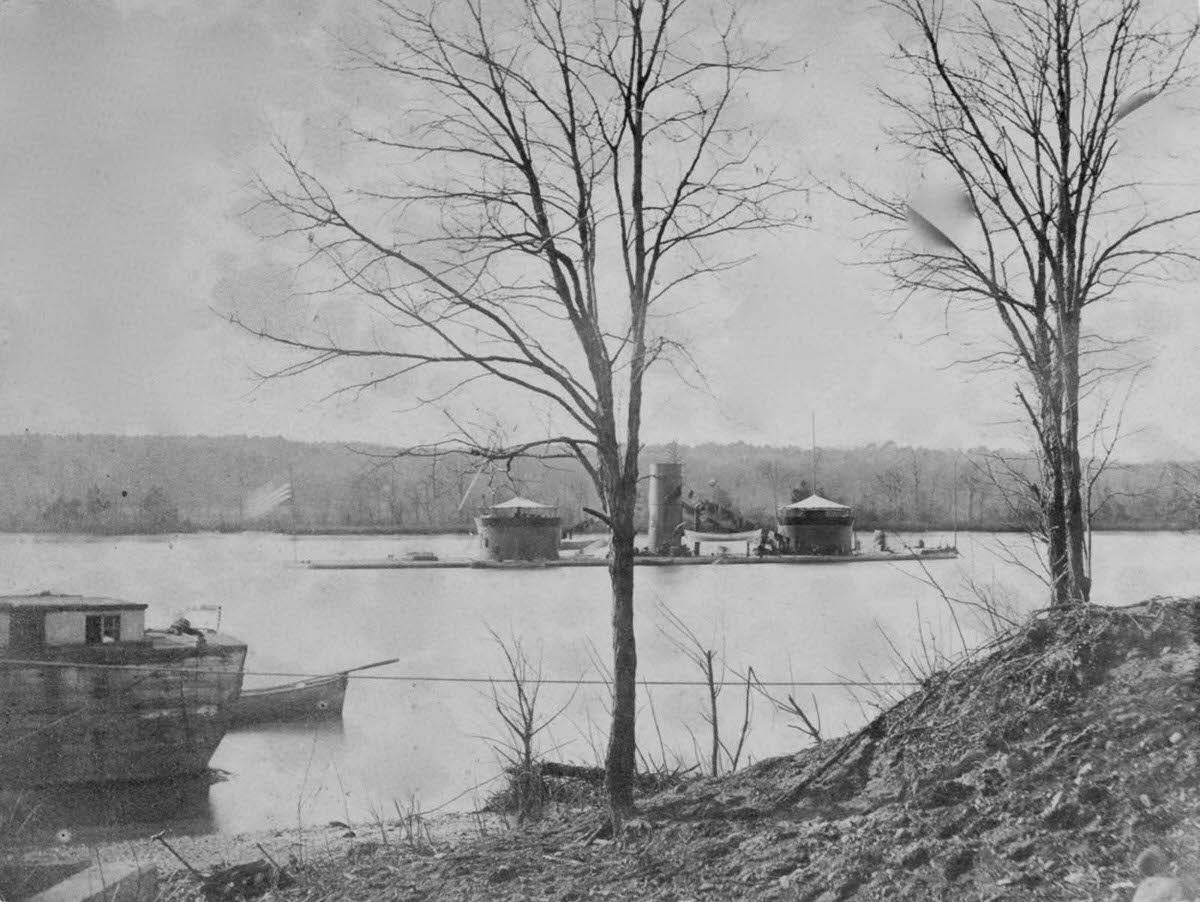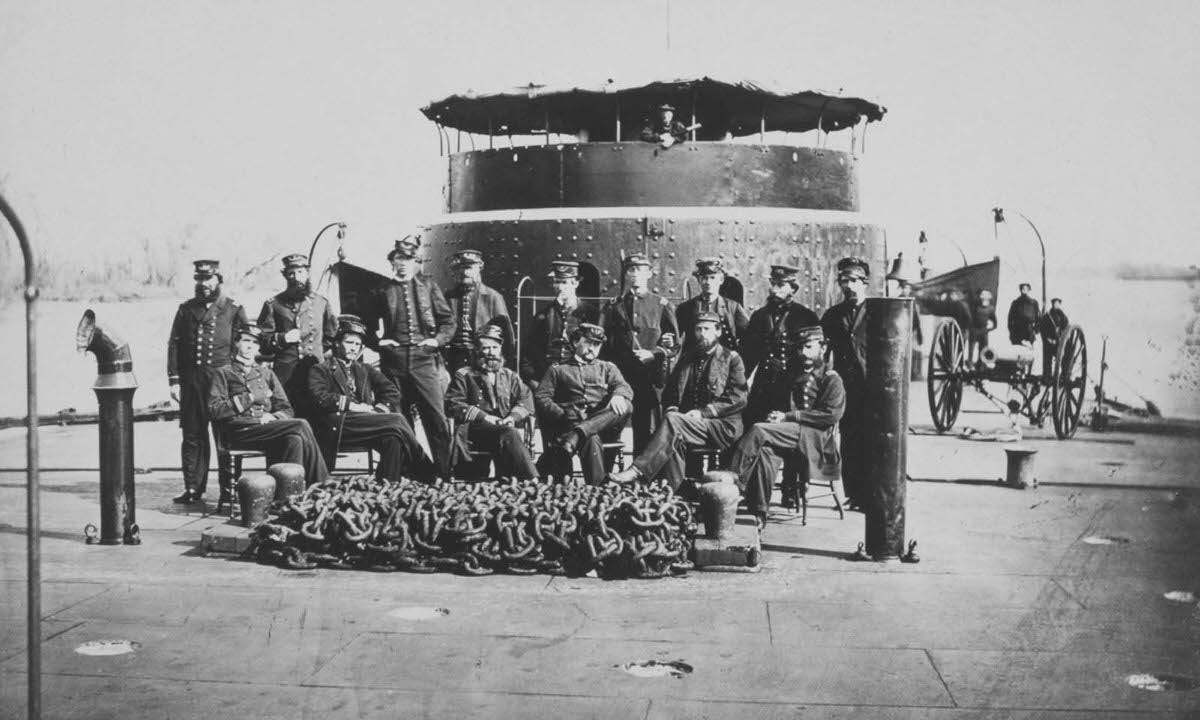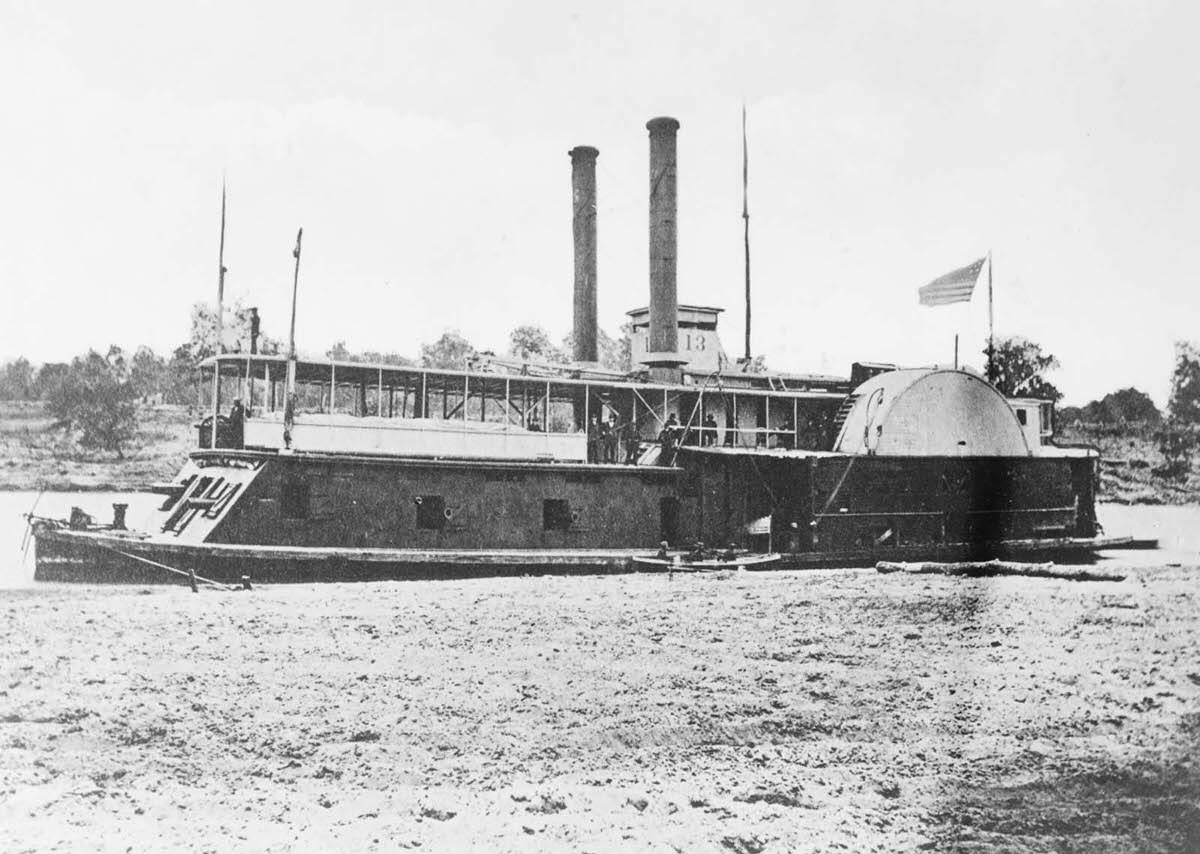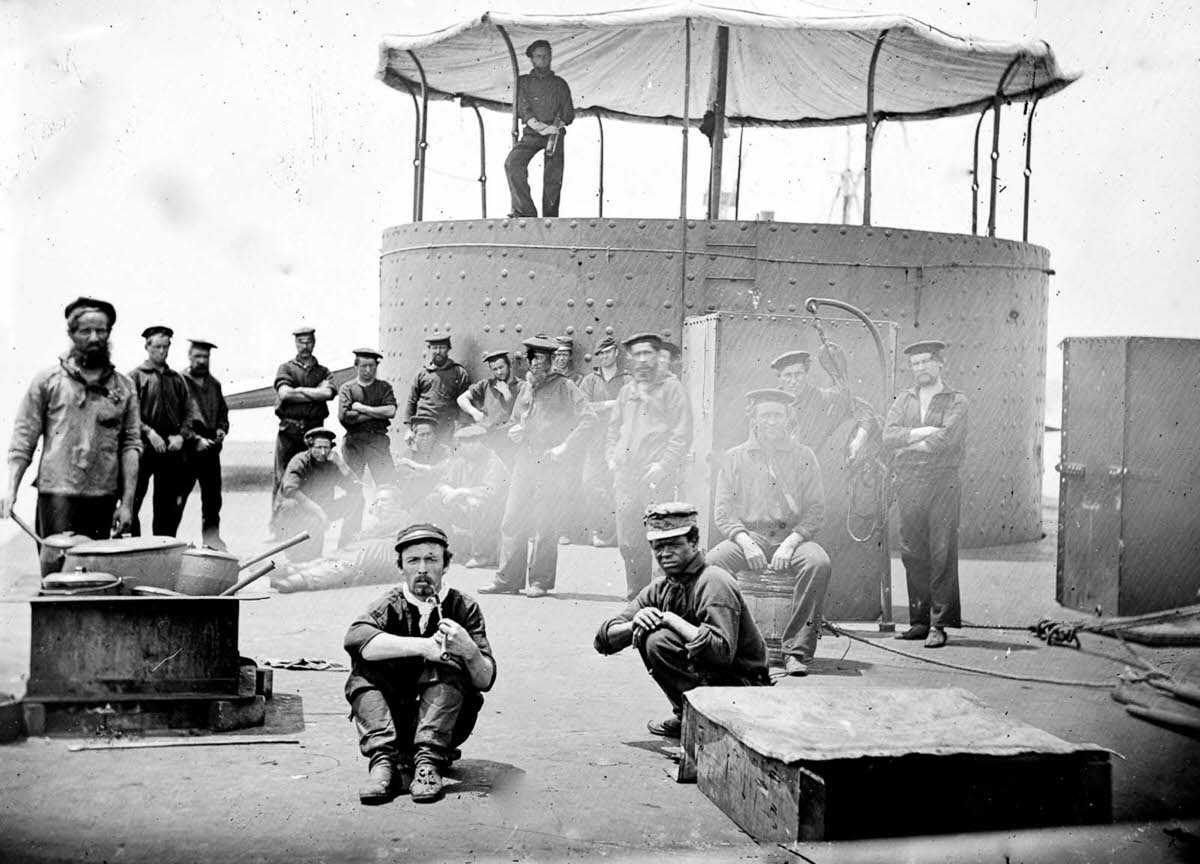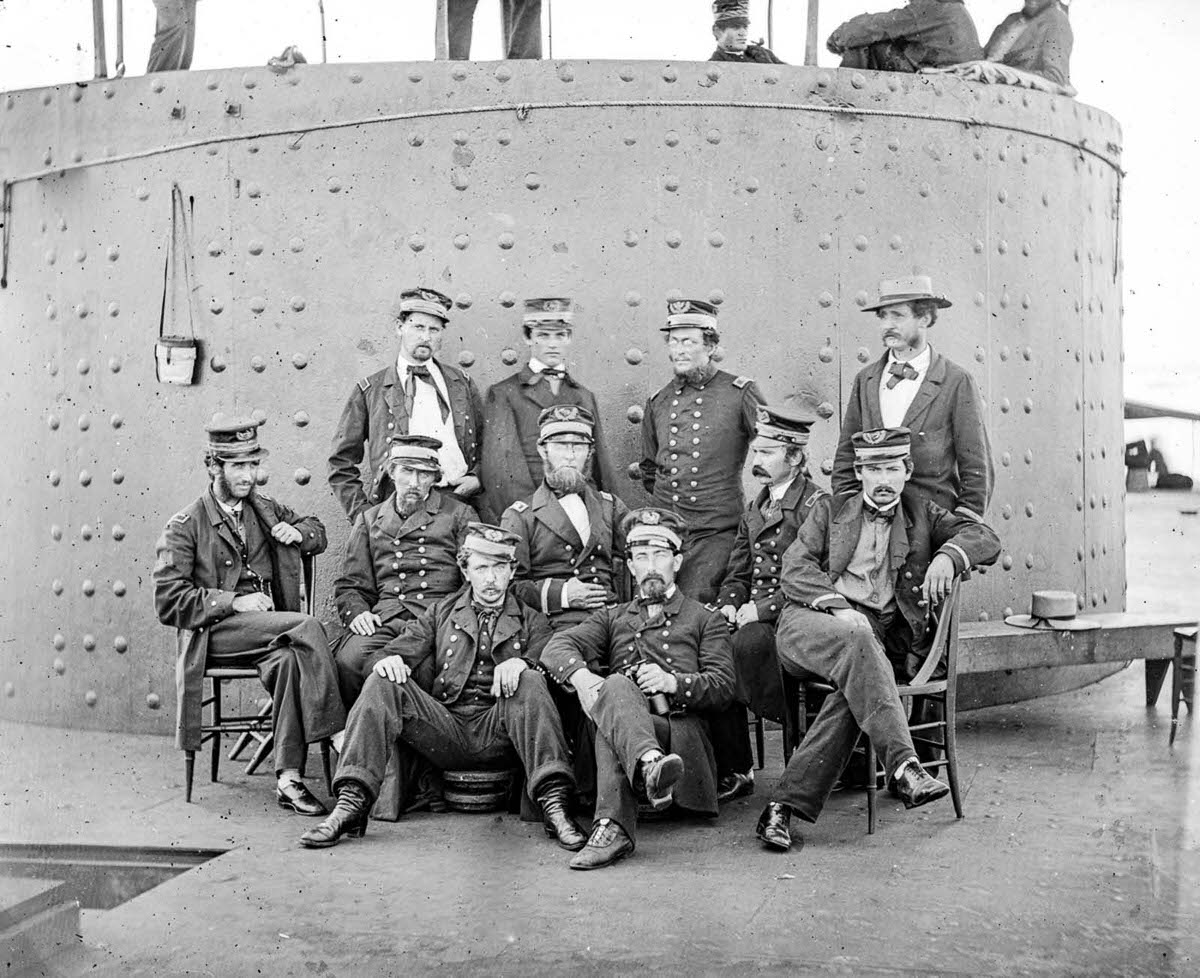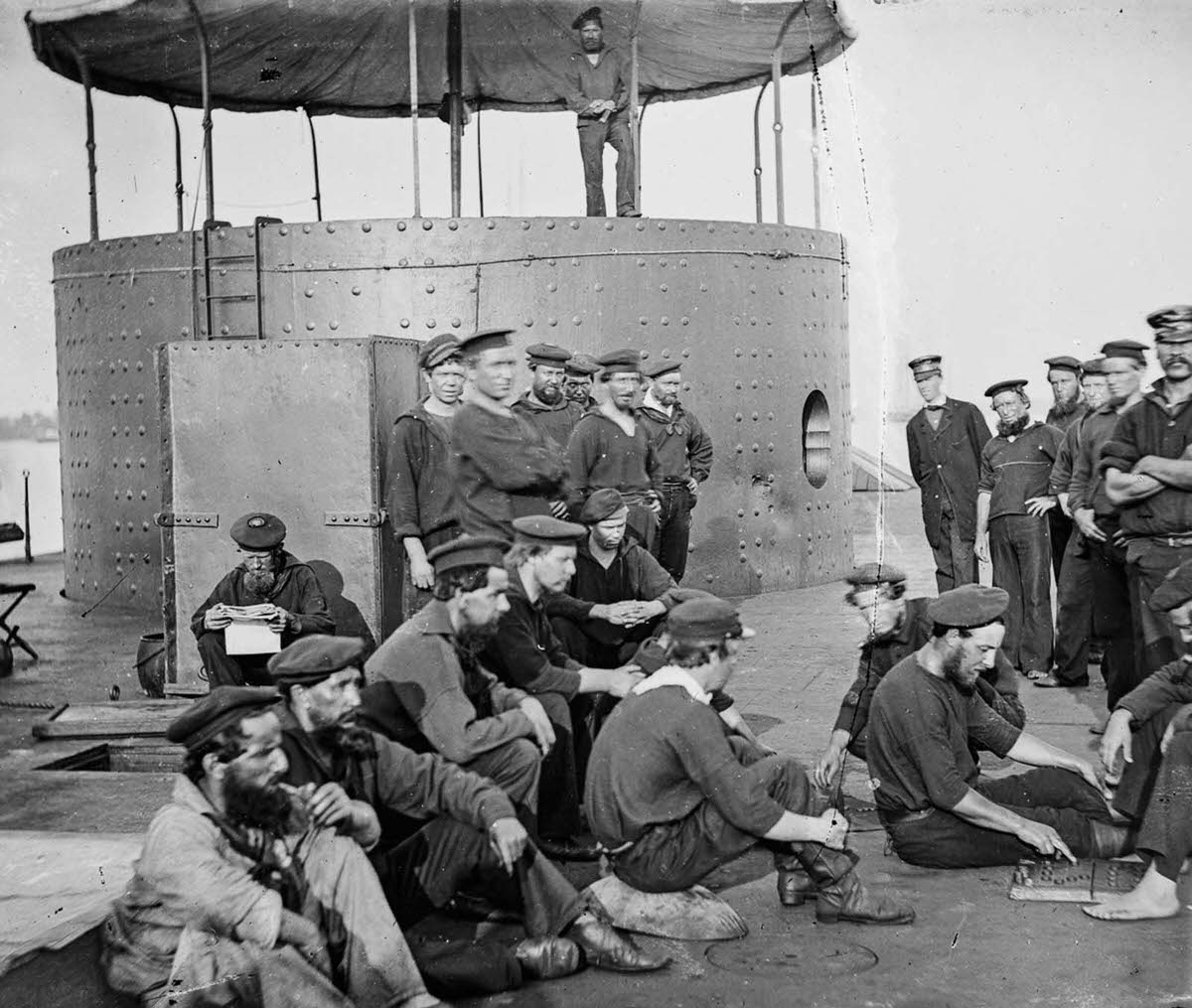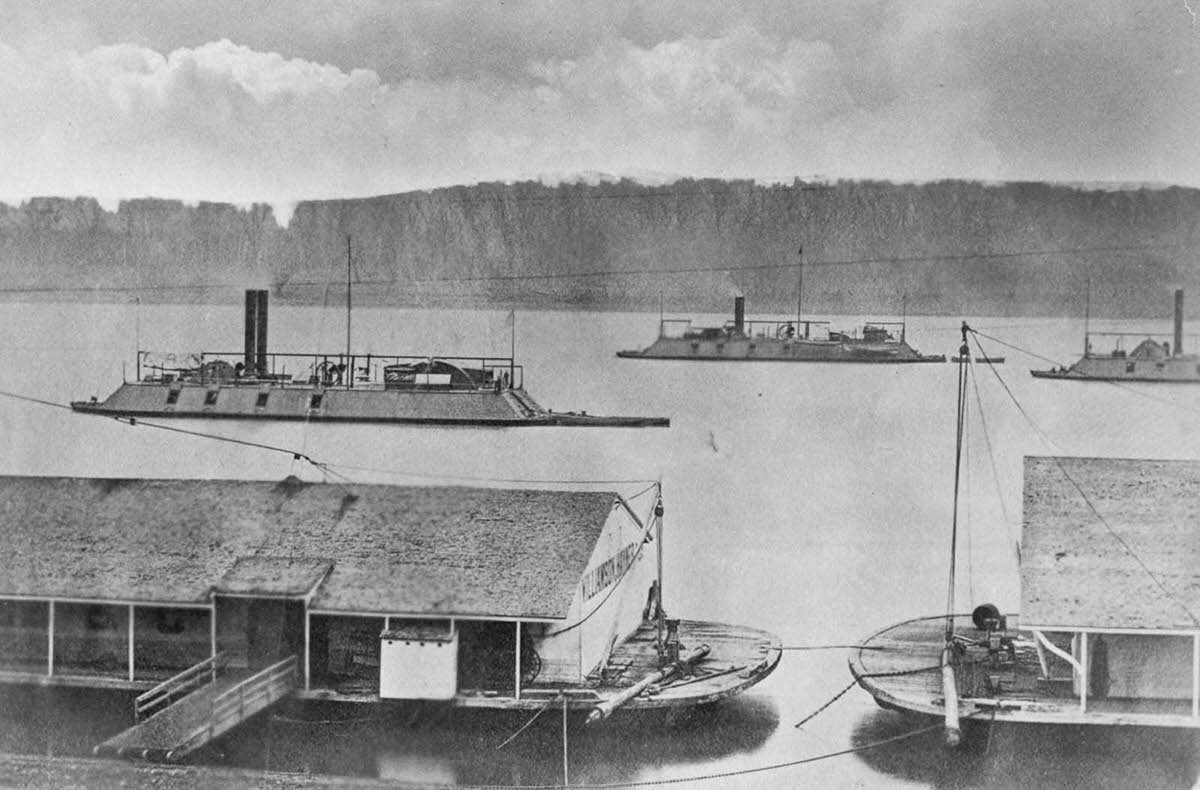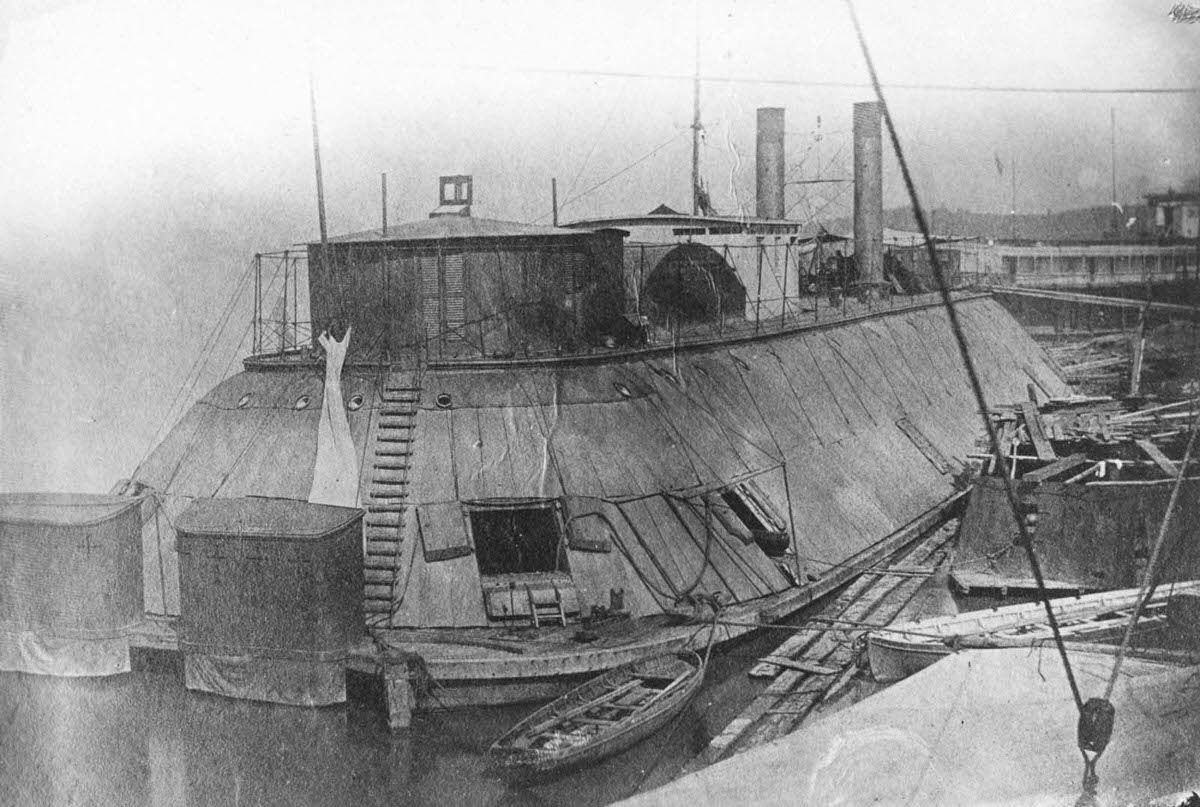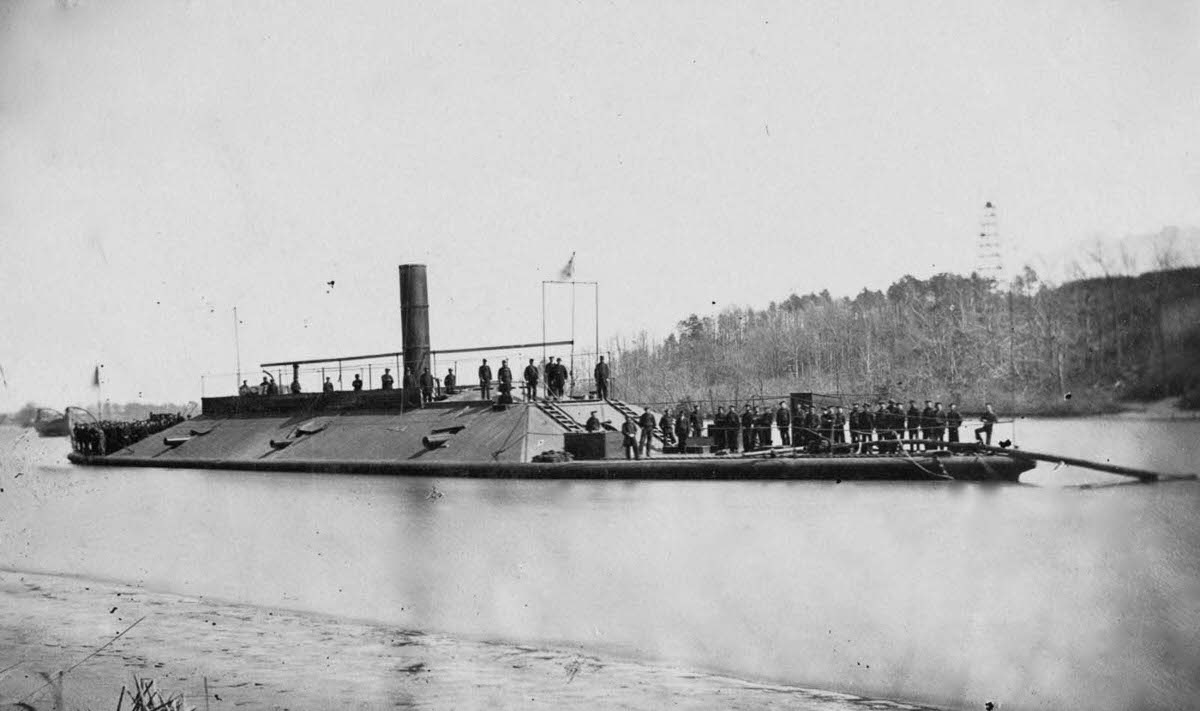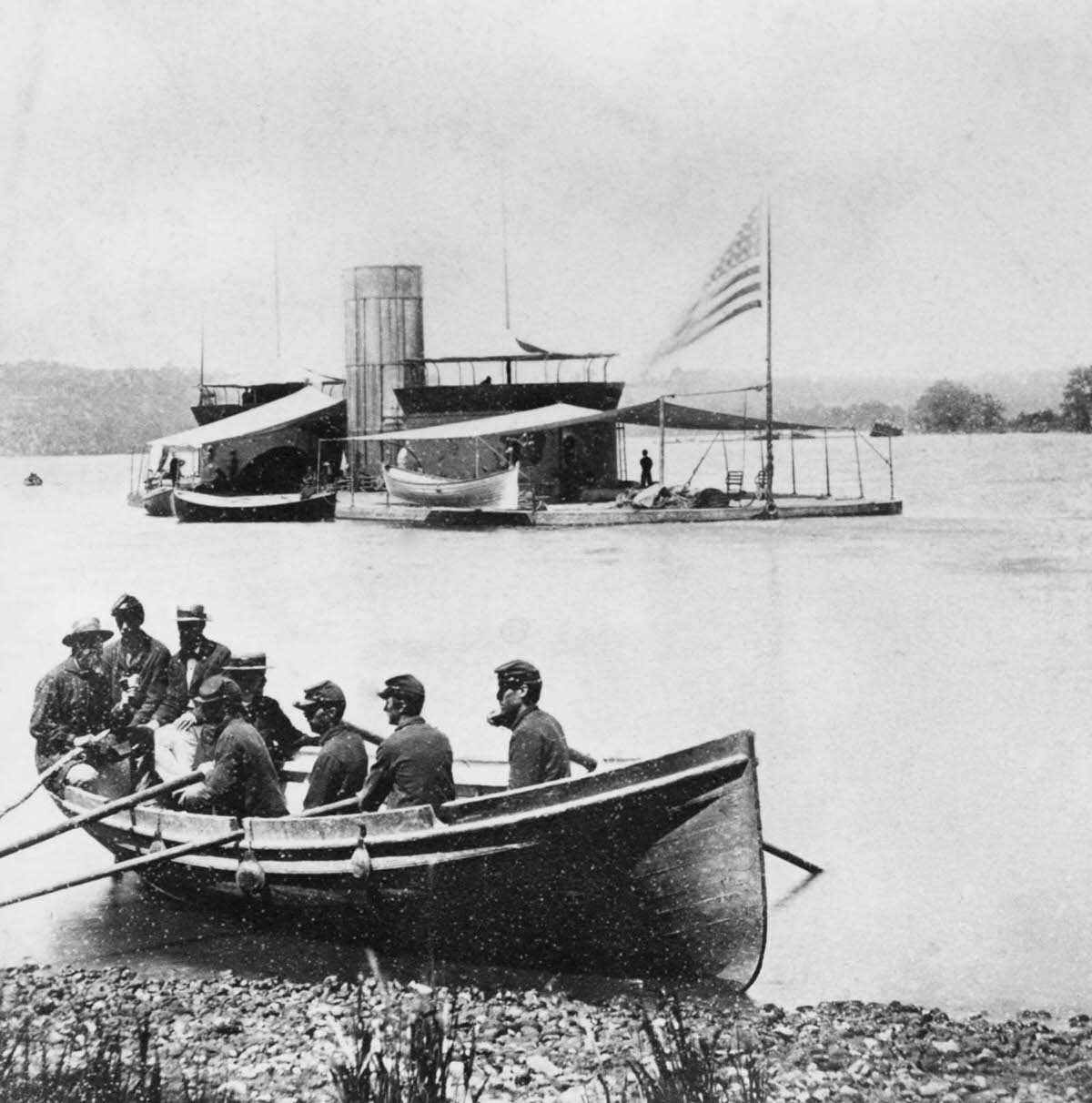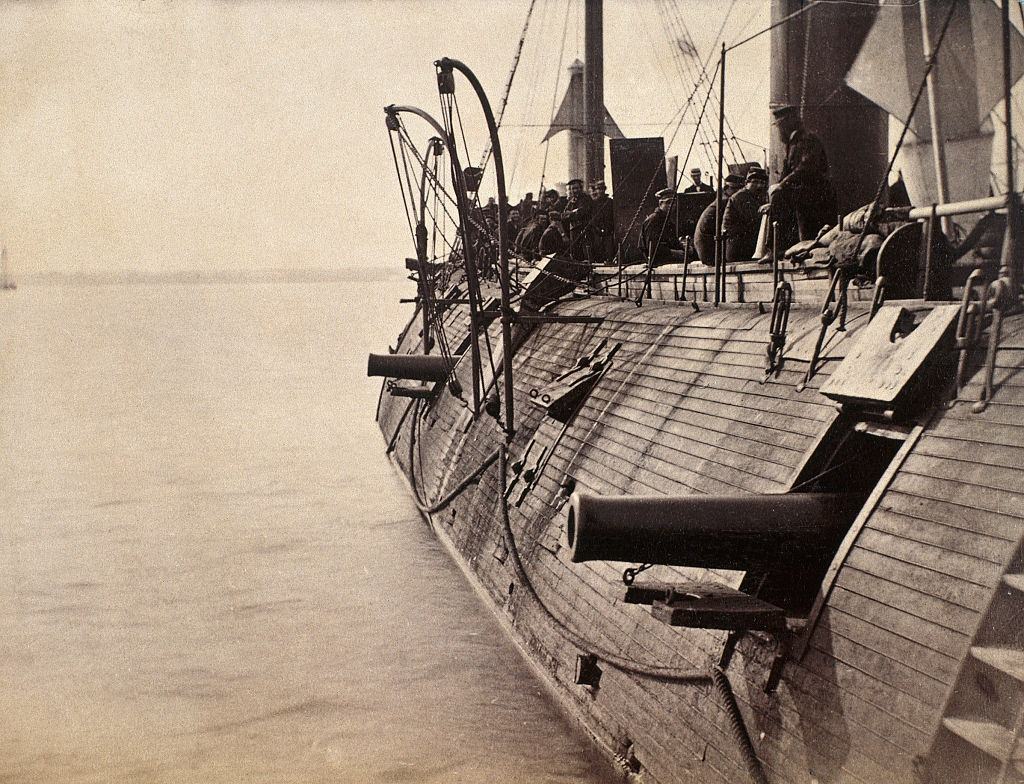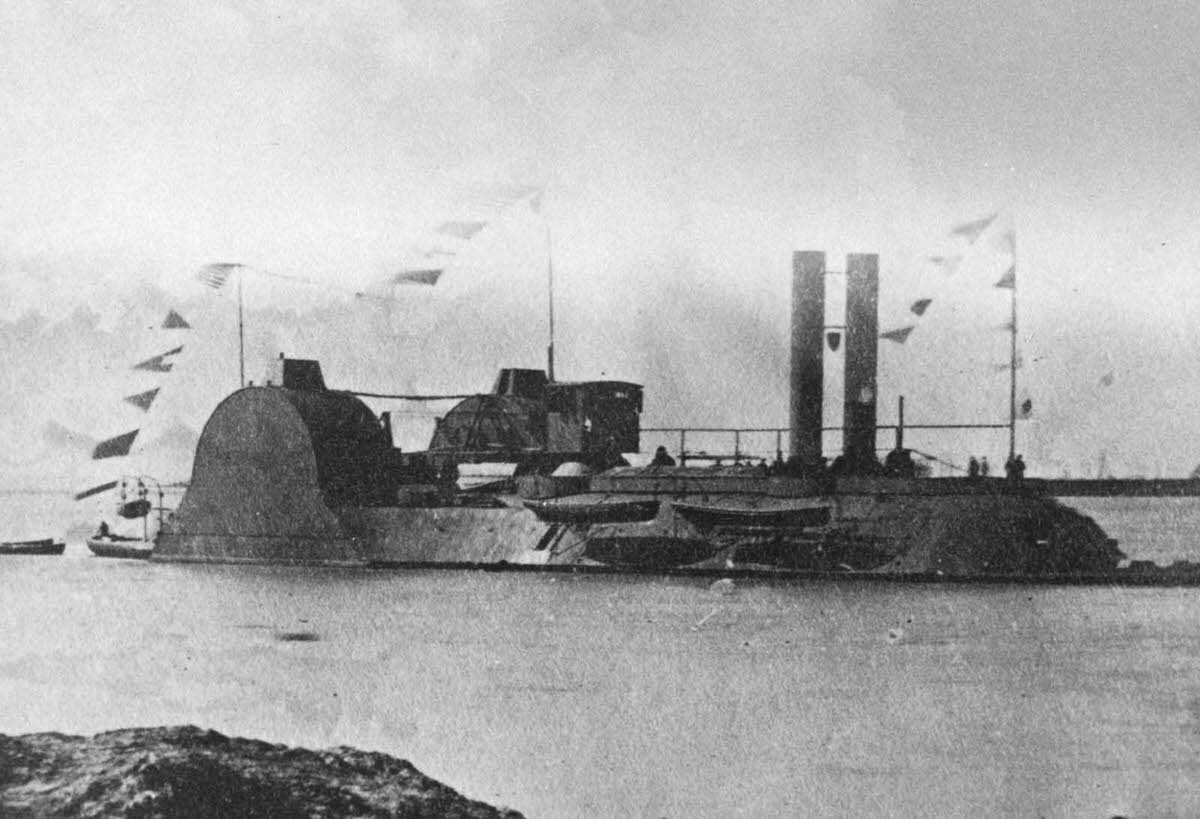For Centuries, warships were Constructed of Timber and powered by Human muscles along with the wind. Gunpowder carved the initial niche for compound energy and machine-made substances, but successfully mounting and utilizing cannons aboard boats still demanded vast amounts of time and muscle strength.
In the mid-nineteenth century, however, naval warfare changed Dramatically, and so innovation was required. This innovation came in the shape of the ironclad warship. The Crimean War produced halting steps toward mechanized battle at sea, but maybe not before the American Civil War did a navy run a campaign fought from beginning to finish by seagoing machines.
The first ironclads, developed in Europe from the French, were only The typical ship design of this time with additional metal plates over the side to shield against deadlier artillery. These layouts jumped the Atlantic Ocean to find use in the American Civil War. They were elegant and altered to adapt to the American western riverfronts, where lots of naval battles happened.
Steamboats equipped with metal plates found use in conflict, and the Union forces finally developed the gunship that is currently synonymous with the phrase “ironclad.” All these steam-powered ships sat marginally reduced in the water. They were almost completely covered with heavy plating, making them very impervious to regular gunfire, artillery, and even cannon fire.
At the outbreak of this war, the US Navy didn’t have any ironclad Warships, but most US Navy remained loyal to the Union. To overcome this drawback, the Confederacy chose to pursue ironclads’ building and purchase to acquire some naval benefit. In reaction to this endeavor, the Union started building their ironclads, which comprised two main styles, the ocean-going Monitor class ironclads and City class ironclads utilized for river warfare.
Fleets using the ironclad could eventually go toe-to-toe with Exotic temples. In March of 1862, in the Battle of Hampton Roads in Virginia, the entire world watched its first naval engagement between opposing ironclad forces. The USS Monitor and the CSS Virginia (formerly the steam frigate USS Merrimack) dueled till Virginia retreated. Neither side could inflict significant harm to another.
The Civil War saw more ironclads constructed by both sides, and they played an increasing function in naval warfare and the unarmored warships, trade raiders, and blockade runners. The Union built a sizable fleet of fifty screens mimicked in their namesake.
The Confederacy constructed ships built as smaller variants of Virginia, many of which saw action. Still, their efforts to purchase ironclads abroad were frustrated as European countries confiscated boats being constructed to the Confederacy — notably in Russia, the only country to support the Union throughout the war publicly. Just CSS Stonewall was finished, and she came into American waters only in time to conclude the war.
The exploits of ironclad warships, on both sides, proved that the era of this wooden ship-of-war was finished. The Battle of Mobile Bay made the point clear. Despite getting 11 wooden boats, the Union wanted its Monitor course ironclads to have a sizable confederate ironclad, the CSS Tennessee.
From the conclusion of the Civil War, the rest of the world had taken note. Everyone was attempting to bring their navies up so far as the older wooden Ships became obsolete, and 1864 marked the last significant naval involvement Involving squadrons of wooden ships.


